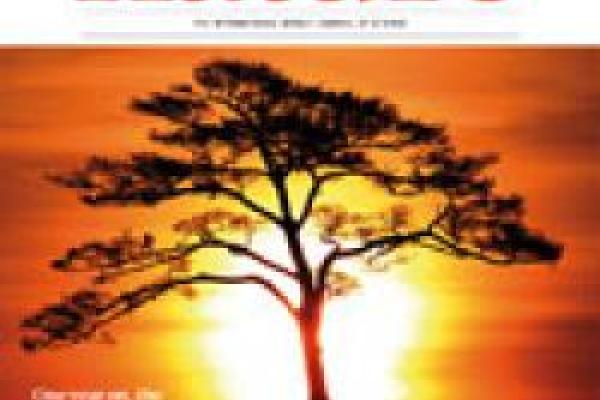Making a molecular movie - Di Mauro group published in NATURE -

Nature, March 8 issue: “Observation of femtosecond, sub-Angstrom molecular bond length change using laser-induced electron diffraction”
Imaging, or the determination of the atomic positions in molecules, has always occupied an essential role in physical, chemical and biological sciences. X-ray and electron diffraction methods routinely achieve sub-Angstrom spatial resolutions but are limited to probing dynamical timescales longer than a picosecond. Recent development of femtosecond sources of X-rays, e.g. free-electron lasers, and electron beams have enhanced the potential of these standard approaches for ultrafast filming of biological molecules and the study of condensed phase dynamics. Alternatively, the last decade has witnessed the emergence of a new imaging paradigm based on laser-ionized bursts of coherent electron wave packets that self-interrogate the parent molecular structure. In this Nature article, the researchers show that this general approach can be applied to produce images with sub-Angstrom atomic precision with few femtosecond exposures using laser-induced electron diffraction (LIED) method. The procedure consists of extracting a diffraction pattern from a measured photoelectron momentum distributions produced by strong-field ionization of oxygen and nitrogen molecules at three mid-infrared wavelengths. The long wavelength molecular ionization is essential for achieving atomic-scale spatial resolution while the color variation is equivalent to taking snapshots at different times. The paper demonstrates that the experiment has the sensitivity to measure a 0.1 Angstrom displacement in the oxygen bond length occurring in a time interval of ~5 femtoseconds. The investigation establishes a foundation for a novel method for spatio-temporal imaging of gas-phase molecules.
The article authors include post-docs, Cosmin Blaga and Anthony DiChiara, graduate students Emily Sistrunk and Kaikai Zhang and faculty members Pierre Agostini, Terry A. Miller and Louis F. DiMauro all at The Ohio State University. The work was a collaboration with graduate student Junliang Xu and Prof. C.D. Lin of Kansas State University. The experiment used the state-of-the-art attosecond laboratory in the OSU physics department.
The work was funded by the U.S. Department of Energy, Basic Energy Sciences Program and the generous support of the Dr. Edward & Sylvia Hagenlocker endowment.
